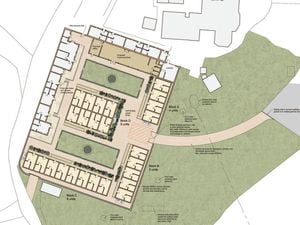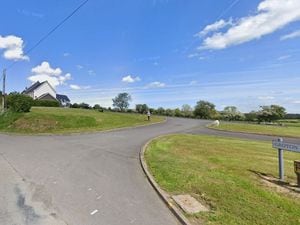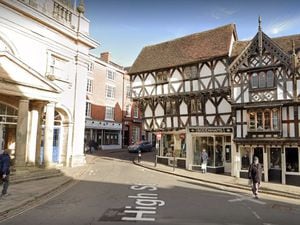Shropshire wildlife at risk of disappearing
Some of Shropshire's most iconic creatures could soon disappear, according to wildlife experts.
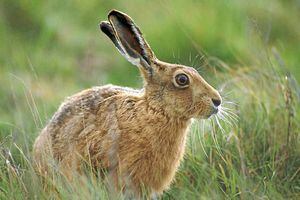
Not only is the hedgehog on the endangered list along with the brown hare, but also – perhaps surprisingly – so are the lapwing and even the sparrow and starling.
John Hughes, from Shropshire Wildlife Trust, said: "By 2025 the hedgehog could be extinct, as could the lapwing.
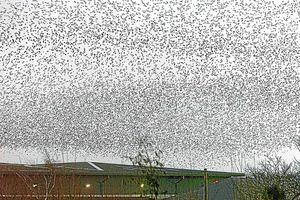
"Even the little sparrow, who everyone thinks of as being in all their gardens, is threatened and could be gone within a few years. People see huge flocks of starlings, particularly in Shrewsbury, but they too are threatened.
"Here in Shropshire there has been a 95 per cent decline in the number of hedgehogs. This is due to a number of factors including badgers who eat hedgehogs. But this is not the major factor in their decline. Badgers have always eaten hedgehogs. What is causing their numbers to fall so dramatically is the loss of habitat. It is the same with the lapwing, hares and sparrows.
"Wildlife plays a vital role in our lives – it is an indicator of our own health and the health of the countryside around us. People have always had an ideal vision of the countryside and always will. But it is changing and we need to do more to stop the change."
The hare has declined by over 80 per cent since 1880 and faces possible extinction by 2050.
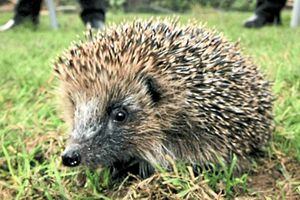
John Rimmington, from the Hare Preservation Trust, said: "Despite the 2004 Hunting Act which includes outlawing both hare hunting and hare coursing, the brown hare is still being senselessly persecuted just for archaic 'sporting' reasons only and is in serious decline.
"A biodiversity action plan in 1995 included the brown hare and the target was to double the current British population by 2010.
"There is little evidence that any significant increase was achieved at all. The brown hare is still our only English game species without a shooting close season. Defra has given a figure of 390,000 brown hares shot each year, an appalling statistic which leaves at least 37,000 leverets to die of starvation after their lactating mothers have been killed or driven away from the birth sites."
The British Hedgehog Preservation Society, which was founded in 1982 and is based in Ludlow, has been concerned with the decline of the spiny creatures for many years.
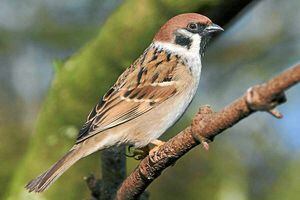
Chief executive Fay Vass, said: "Why hedgehogs numbers are falling is not known but there are likely candidates. Intensive farming, with the loss of hedgerows and permanent grassland, has probably played a role. Smaller and tidier gardens with fencing that prevents hedgehogs moving between gardens may have reduced suitable urban habitats.
"And badgers are a natural predator of hedgehogs. Badgers and hedgehogs can co-exist but when there is no safe refuge and the prey that the two species compete for are scarce, hedgehogs may be in serious trouble."

